By 2020, key technologies such as intelligent service robot environment awareness, natural interaction, independent learning, and human-machine collaboration should make breakthroughs, and intelligent service robots and intelligent inspection robots can realize mass production and application. —— Ministry of Industry and Information Technology “Three-Year Action Plan for Promoting the Development of a New Generation of Artificial Intelligence Industry (2018-2020)â€.
How to achieve interactive perception and interactive learning with nature and the environment? It presents no small challenge to the emerging intelligent inspection robot technology. However, this requirement is not high for Langchi Xinchuang, which has been accumulated in the field, especially for the development and production of inspection robots for 12 years.
Redefinition of natural navigation: closer to human cognition and judgment
Hugh Francis Durrant-Whyte, who invented the SLAM algorithm, has proposed three general problems that robots need to solve in navigation:
1. Where am I?
2, Where do I want to go?
3. How can I get there?
Where am I? Where do I want to go? How do I get to? - It became the original concept of natural navigation.
Despite the continuous development of navigation methods, whether it is rail navigation, magnetic navigation, or laser navigation, there is no way to avoid a big pain point - manual installation of road signs requires longer installation time and environmental transformation costs. To solve this problem, it is necessary to realize the self-positioning and navigation of the mobile robot through the richer intelligent sensing system and the natural environmental features in the context of the unknown environmental map. Try to follow the human navigation logic as much as possible to solve the above question "Where am I? Where do I want to go? How do I go?"
In the targeted improvement of traditional pain points and solving the above three problems, the realization path of natural navigation is: the robot starts at a certain position in the unknown environment, and continuously judges the environment in the environment through various bionic and humanized environment-aware sensors. The natural characteristics of various types of marking objects, continuous data integration and fusion analysis, self-positioning while establishing a continuous environmental map, and on this basis to achieve navigation and path planning of mobile robots, complete navigation tasks.
It is not difficult to find that compared with traditional navigation technology, the advantages of natural navigation are mainly reflected in:
1. No need to adjust the infrastructure, no need to manually add tags, what is in the natural world, what to use. Significantly improve work efficiency;
2. The system is flexible and the path planning is more flexible;
3. The environmental adaptability is greatly enhanced, and the system redundancy capability is greatly improved.
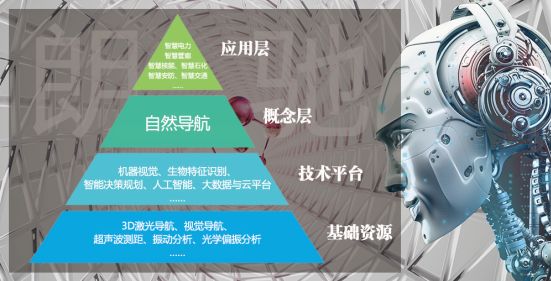
Based on the above advantages, Langchi Xinchuang is equipped with a natural navigation system in its mobile robot products. At the same time, the company's technology R&D team combined its own advantages to make creative improvements to the nature of natural navigation.

First, upgrade on the basis of common technology in the industry. On the basis of establishing the original path, the flexible path response can be made according to the changes of the external environment at any time. If obstacles suddenly appear, disappear or move on the original path, various sensors will feedback this change to the system hub to drive the robot. Re-plan the optimal path.
Secondly, unlike most natural navigation concepts that emphasize laser and vision alone, Langchi Xinchuang's interpretation of natural navigation even includes perceptions of ambient sound, light, and vibration frequency, and is equipped with a rich natural information processing system.
In short, how to make "natural navigation" closer to the cognition and judgment logic of people during exercise, so that mobile robots can "live" and become more intelligent from "stupid children" to "smart children". It is the foundation of Langchi Xinchuang's technical exploration.
Natural navigation + artificial intelligence: the core competitiveness of intelligent inspection
Since natural navigation is more advanced, why is it still not used as a mainstream technology in the industry?
There are three main technical difficulties:
First, the SLAM algorithm is very complicated;
Second, the crossover from 2D to 3D is difficult to achieve, and it is more difficult to achieve from 3D to multidimensional information fusion;
Finally, the core problem is that more and more environments require multiple robots to work together, and the communication topology, task planning and map fusion between multiple robots are for enterprises lacking multi-robot collaboration experience in a large environment. It is also a big problem.
But the industry also has a lot of successful experience.
For example, Germany, which proposes Industry 4.0, has many technically superior manufacturers in the field of motion control. Kollmorgen has drawn attention from the industry with its NDC8 system using natural navigation technology. Closely, Swiss Bluebotics also entered the Chinese market with its natural navigation technology at the end of last year.
Back home, excellent sports control manufacturers will certainly not wait for foreign giants to divide the navigation market, and have come up with their own housekeeping skills. Langchi Xin is one of the best among them, and is using it to redefine Natural navigation "precipitates the core competitiveness driven by technological innovation in enterprises and the entire industry.
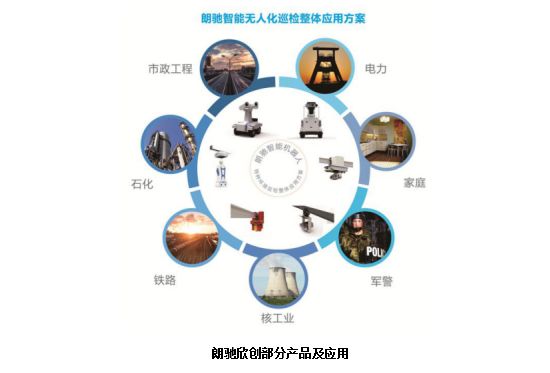
At present, Langchi Xinchuang's intelligent robot inspection system has completely emerged from many concept products, complete product landing and industrial deployment, and has realized many special industries such as electric power, municipal, railway, power generation, IDC data center, petroleum and petrochemical, etc. Large-scale mature applications. While being accompanied by the intelligence level of humanization, it has the adaptability of the wild environment that humans do not have, the survivability of unmanned control, and the service ability close to the industry standard. Autonomous navigation, positioning, charging, inspection, and data mining have become mature basic standard functions. Then focus more on the big solution of data, intelligence and platform.
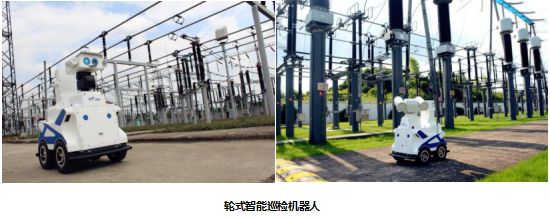
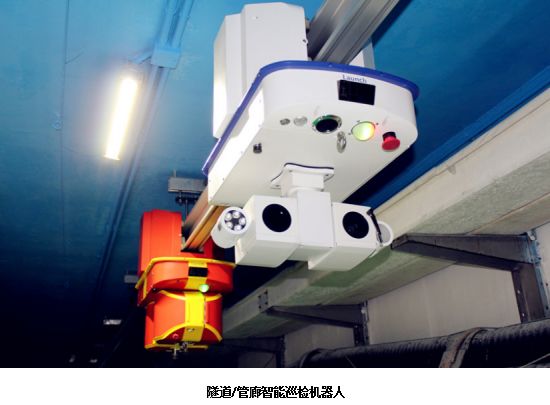
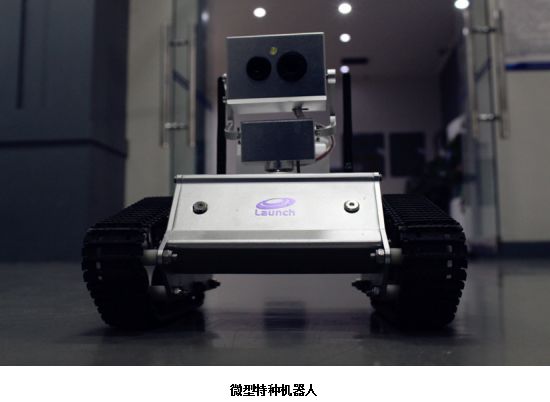
Driven by the dual technology of “Natural Navigation + Artificial Intelligenceâ€, Gu Xiangyu, CEO of Langchi Xinchuang Robotics Division, predicts that the future inspection robot will break through to a richer product form, from inspection to execution, disposal, overhaul, maintenance, etc. The comprehensive expansion will involve cutting-edge technologies such as artificial intelligence, big data, Internet of Things, VR, cloud computing, etc., and will truly realize the unmanned management of special environments. Natural navigation technology will become a huge driving force for the development of robots, helping China Industry 4.0 continue to take off.
Reflecting Liquid Crystal Display
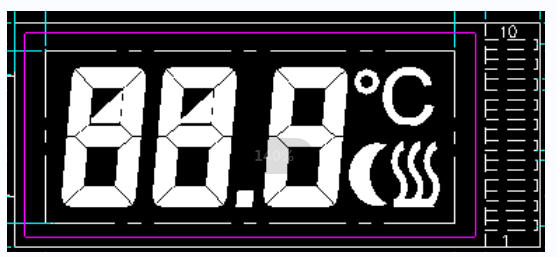
Reflecting Liquid Crystal Display,Electronic Instrument Displays,Electronic Watch Display,Clock Lcd Display
Dongguan Yijia Optoelectronics Co., Ltd. , https://www.everbestlcdlcms.com
